
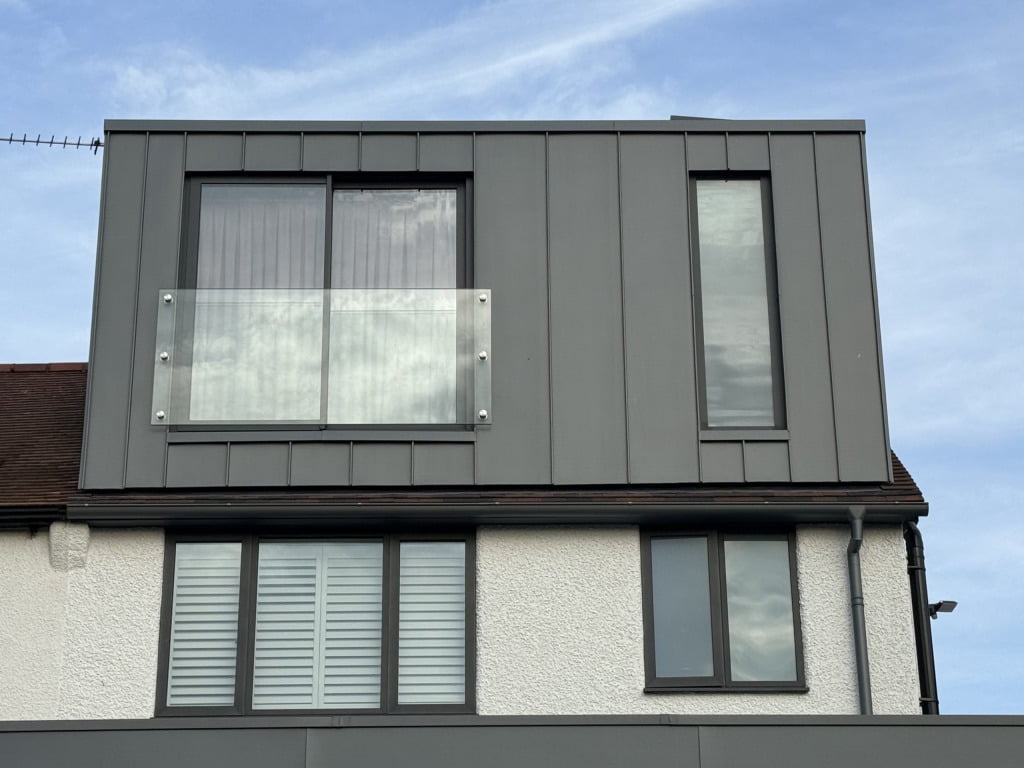
Best loft conversion type for your home
A loft conversion is a fantastic way to increase the living space and value of your home. Whether you need an extra bedroom, a home office, or a playroom for the kids, transforming your loft can provide the perfect solution. However, with so many types of loft conversions available, it can be challenging to decide which one is right for you.
At Amber Lofts, we specialize in luxury loft conversions tailored to meet your specific needs and preferences. Our team of experts is dedicated to helping you navigate the various options, ensuring you choose the most suitable type for your home. In this guide, we will explore the different types of loft conversions, from simple Velux installations to complex Mansard and PiggyBack conversions. Each type offers unique benefits, and understanding these can help you make an informed decision. If you’re ready to enhance your living space, our luxury loft conversions can turn your vision into reality.
Types of lofts
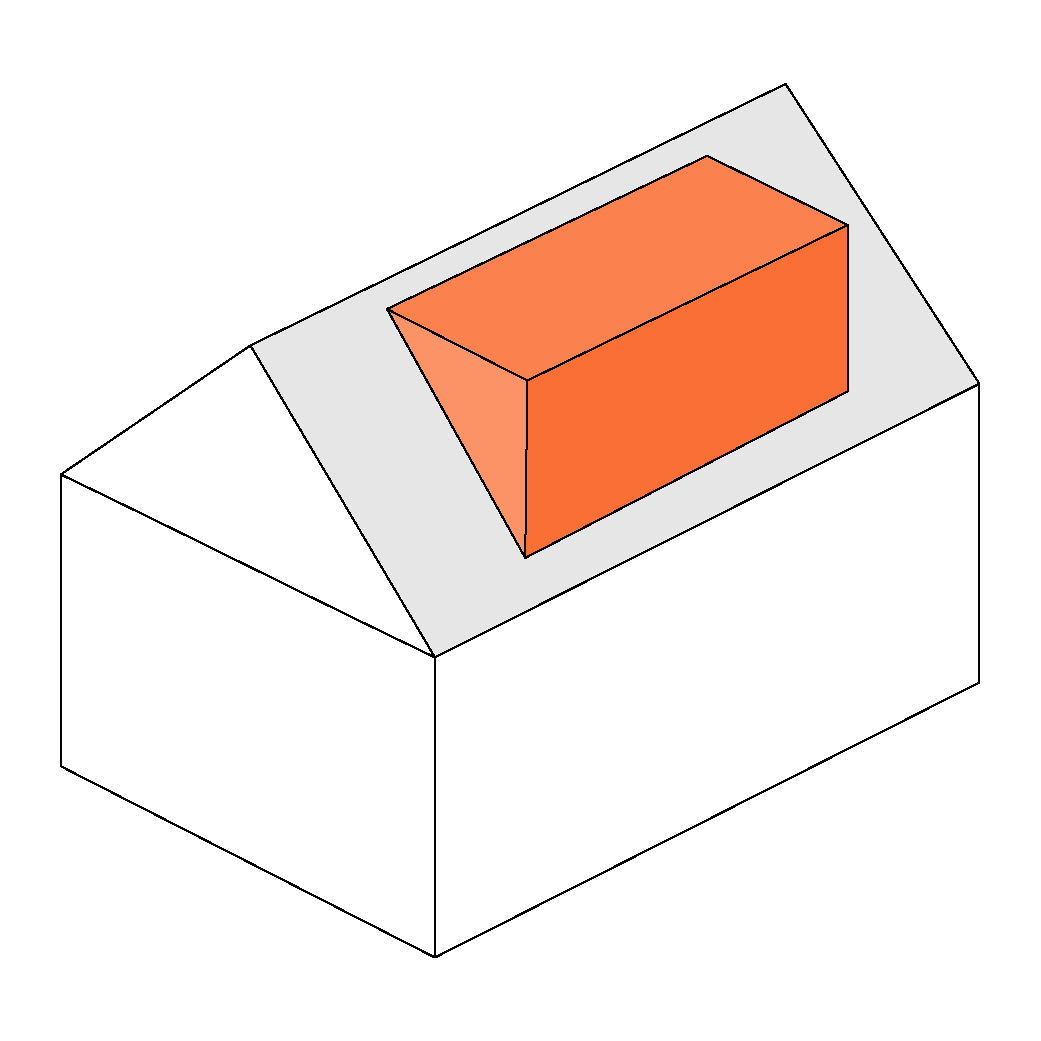
Rear Dormer
Rear dormer loft conversions are one of the most popular types. They involve extending the roof at the back of the house to create a flat-roofed dormer. This type provides substantial additional space and headroom, making it perfect for larger rooms or multiple new spaces. The rear dormer is versatile and can often be constructed without planning permission. Learn more about this type of conversion in our comprehensive guide to dormer loft conversion.
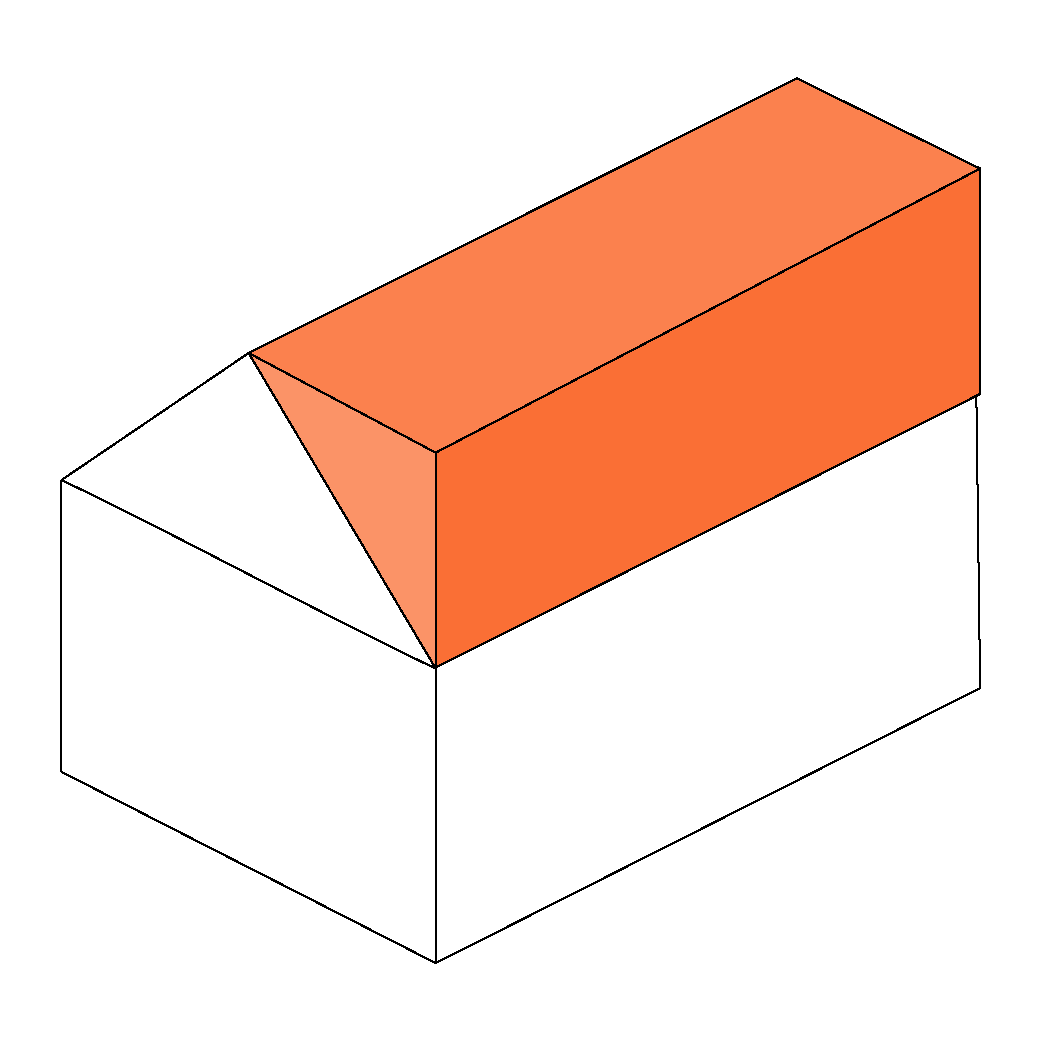
Side Dormer
A side dormer loft conversion involves extending the existing roof to create additional headroom and floor space. This type is ideal for homes with limited space and side-facing roofs. Side dormers can be seamlessly integrated with the existing structure, maintaining the home’s architectural integrity. Benefits include increased natural light and the potential for a new room.

Mansard
Mansard loft conversions are named after the French architect François Mansart. This type of conversion involves altering the roof structure to create a flat roof with a steep rear slope. Mansard conversions are ideal for maximizing space and are often used in urban areas where space is at a premium. They offer a significant increase in living area and can blend seamlessly with existing architecture. For more details, check out our guide on mansard loft conversion.

Velux
Velux, or roof light, loft conversions are the most straightforward and cost-effective option. This type involves installing Velux windows into the existing roofline without altering the roof structure. Velux conversions are ideal for properties with sufficient headroom and for those looking to preserve the roof’s original shape. Benefits include increased natural light and minimal disruption during construction. For an in-depth look, visit our ultimate guide to a Velux loft conversion.

Hip to gable
Hip to gable loft conversions are suitable for homes with a hipped roof, where all sides slope downwards. This type involves extending the hip end of the roof to create a vertical gable wall, thereby increasing the internal space. Hip to gable conversions are often combined with rear dormer conversions for even more space. This type is ideal for semi-detached or detached homes. Read our full guide to hip to gable loft conversion for more information.

L-shaped dormer
L-shaped dormer loft conversions are perfect for maximizing space in properties with an existing rear extension. This type involves creating two dormers that form an L-shape, typically at the rear of the property. L-shaped conversions offer a significant amount of additional space and are ideal for creating large, open-plan living areas or multiple rooms.
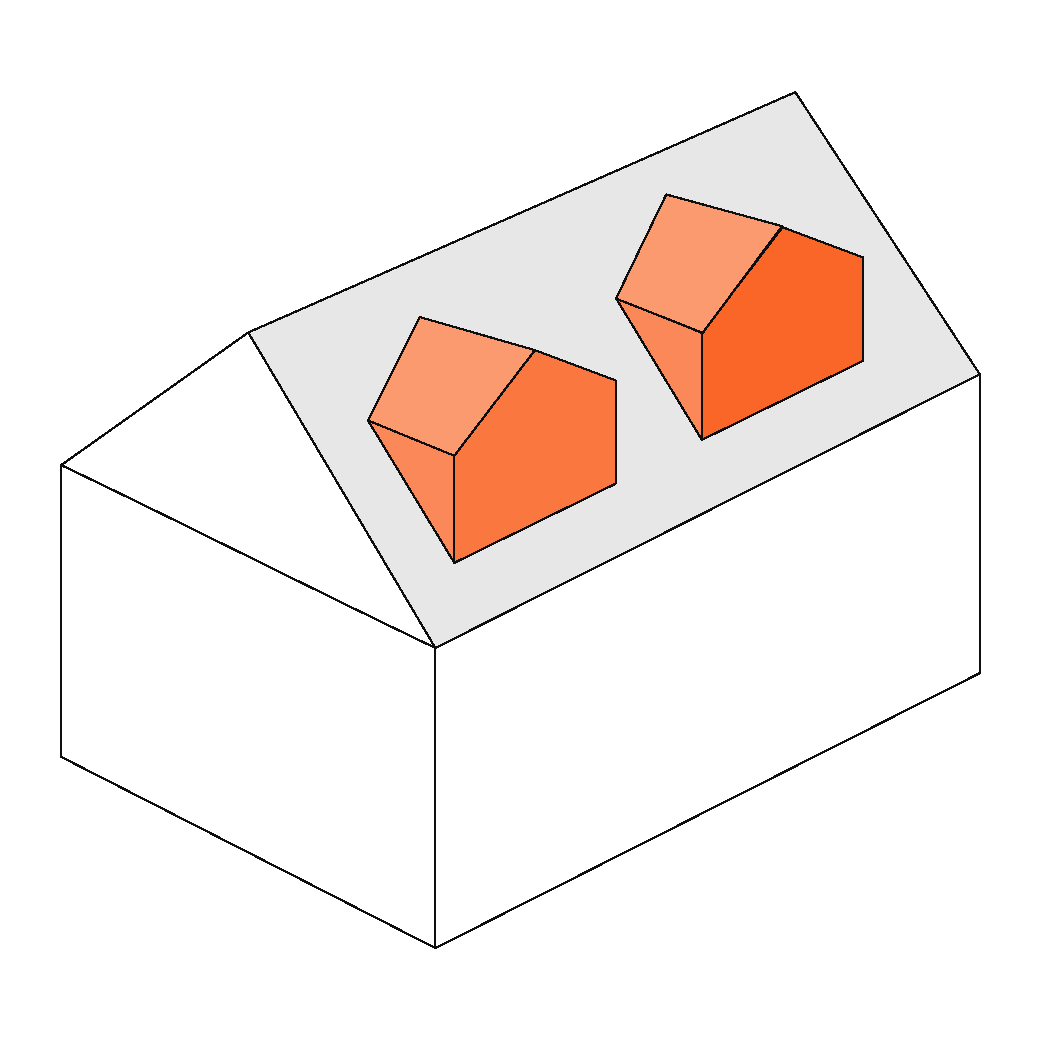
Gable-Pitched Dormer
Gable-pitched dormer loft conversions feature a pitched roof that creates a gable end. This type is aesthetically pleasing and can blend well with the existing roofline. Gable-pitched dormers provide additional headroom and floor space, making them ideal for creating new bedrooms or living areas. They are particularly suitable for properties with a steeply pitched roof.

Hipped Dormer
Hipped dormer loft conversions involve creating a dormer with a hipped roof, where all sides slope downwards. This type is less common but offers a unique architectural feature and can blend well with hipped roofs. Hipped dormers provide extra space and headroom, making them suitable for smaller homes or bungalows.

PiggyBack
PiggyBack loft conversions involve building an entirely new structure on top of the existing roof, creating a new, higher roofline. This type is ideal for homes with limited existing loft space and for those looking to create a significant amount of additional living space. PiggyBack conversions are more complex and may require planning permission, but they offer the potential for multiple new rooms.

Roof Lift
Roof lift loft conversions involve raising the existing roof to create additional headroom and space. This type is suitable for properties with low existing roof heights. A roof lift can transform a cramped loft into a spacious, functional area. This type of conversion may require planning permission, but it offers the opportunity to significantly increase the living space in your home.
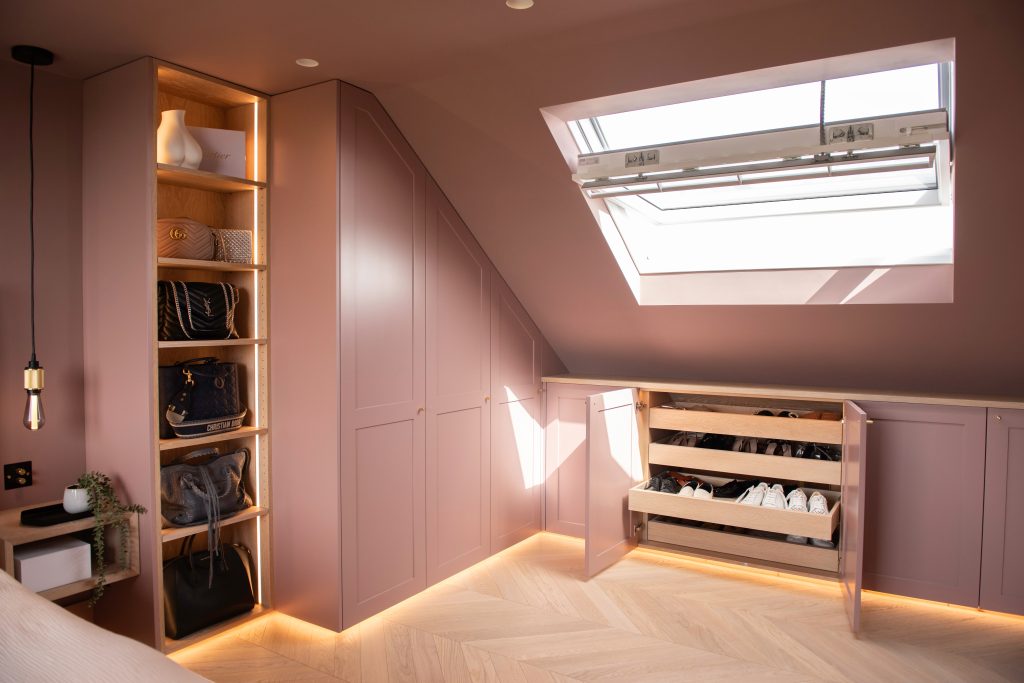
Selecting the right type of loft conversion
Selecting the right type of loft conversion is an important decision that can greatly enhance your living space and increase your property’s value. Each type of conversion offers unique benefits, and understanding these can help you make the best choice for your home. Read our comprehensive guide to types loft conversions for more in depth understanding about the different loft types.
Whether you’re considering a Velux loft for a simple and cost-effective upgrade or a Mansard conversion for maximum space utilization, our team is here to assist you every step of the way. We deliver high-quality, bespoke solutions tailored to your specific requirements. Start your luxury loft conversion journey with us today and transform your home into the perfect living space.